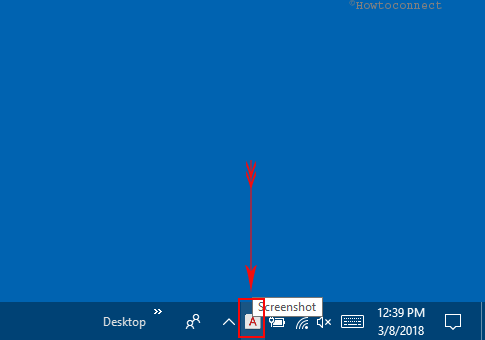


Open up the easy_ocr.py file in the project directory structure, and insert the following code: # import the necessary packages With our development environment configured and our project directory structure reviewed, we are now ready to use the EasyOCR package in our Python script! Using EasyOCR for Optical Character Recognition
Easy screen ocr driver#
Our driver script accepts any input image and the desired OCR language to get the job done quite easily, as we’ll see in the implementation section.

As you can see, we have three testing images/ and a single Python driver script, easy_ocr.py. Today’s EasyOCR project is already appearing to live up to its name.

Inside the project folder, you’ll find the following files: $ tree -dirsfirst Take a moment to find the “Downloads” section of this blog post. Once your environment is ready to go, you can get started with EasyOCR for Optical Character Recognition. You’ll be up and running in no time flat if you carefully follow the steps I’ve outlined. Most importantly, as I mentioned above, ensure that you have opencv-python and NOT opencv-contrib-python installed in your virtual environment. There are also a handful of other EasyOCR dependencies that are automatically installed for you. Notice the following packages are installed:
Easy screen ocr install#
If you chose to install easyocr into an existing Python virtual environment, be sure to inspect the output of the following commands: $ workon easyocr # replace `easyocr` with your custom environment name When you’re ready for Step #5, simply execute the following: $ pip install opencv-python # NOTE: *not* opencv-contrib-python To accomplish Steps #1-#4, be sure to first follow the installation guide linked above.
Easy screen ocr how to#
Later in 2020 they plan on releasing a handwriting recognition model as well! How to install EasyOCR on your machine
Easy screen ocr full#
You can find the full list of languages EasyOCR supports on the following page.Ĭurrently, EasyOCR only supports OCR’ing typed text. If you have a CUDA-capable GPU, the underlying PyTorch deep learning library can speed up your text detection and OCR speed tremendously.Īs of this writing, EasyOCR can OCR text in 58 languages, including English, German, Hindi, Russian, and more! The EasyOCR maintainers plan to add additional languages in the future. The EasyOCR package is created and maintained by Jaided AI, a company that specializes in Optical Character Recognition services.ĮasyOCR is implemented using Python and the PyTorch library. Figure 1: Optical Character Recognition (OCR) is made easy with the EasyOCR Python package.


 0 kommentar(er)
0 kommentar(er)
